Racka or Hortobágy Racka Sheep is a breed known for its unusual spiral-shaped horns. Their horn pairs are unique and unlike those of any other domestic sheep breed. On average, males will have horns measuring about 51 cm long, while females’ horns range from 30 to 38 cm.
This special breed has been raised by the Hungarian people for centuries and was once the most popular breed in Hungary. However, currently, they are primarily raised in the Hortobágy plains of Hungary and, to a lesser extent, in Caraș-Severin, Romania.
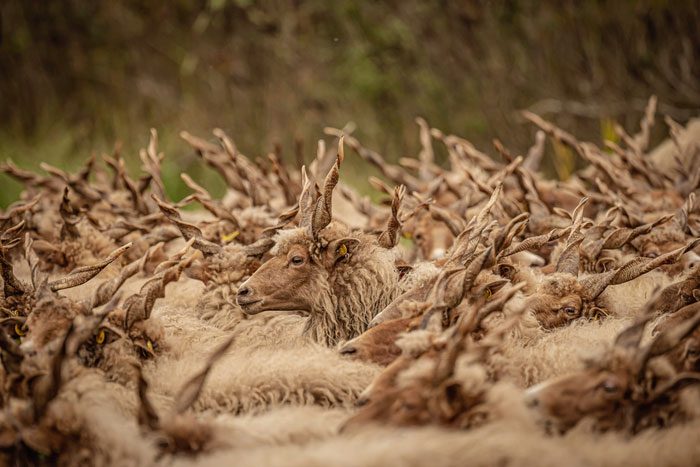
Racka sheep is a domestic breed from Hungary, known for its unusual spiral horns. It is also referred to by several other names such as Hungarian Zackel, Ratca (Romania), and Hortobágy Racka. In addition to its extremely thick wool, Racka sheep are famous for their long spiral horns. They are the only sheep breed where both males and females have spiral-shaped horns.
Due to their unique horns and thick wool, they have been increasingly exported to the UK, USA, and France; however, research analyzing this breed remains limited.
Racka sheep are quite versatile, as they can be raised for milk, wool, and meat. Their wool is relatively long and coarse, usually cream and light brown, although occasionally, black Racka sheep can also be found.
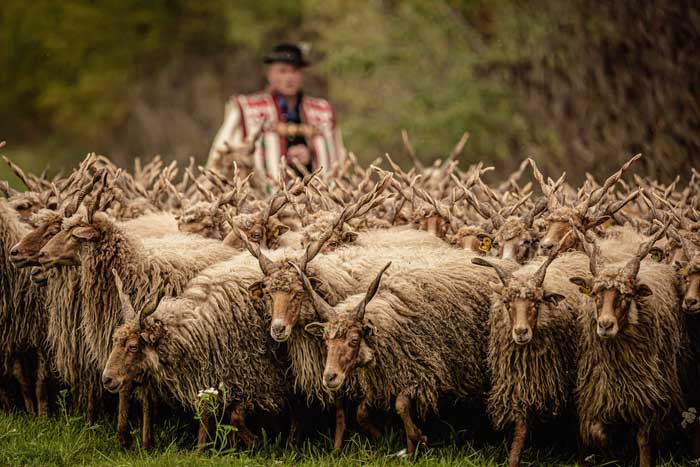
Racka sheep are multifunctional as they are raised for wool, meat, and milk. They tend to graze in herds, forming large groups in the pasture.
Racka sheep are believed to have originated in Hungary and have existed at least since the 1800s when the first registration agency was established. However, recent studies have shown that in Southwest Asia, skulls and bones of sheep resembling Racka have been found, dating back approximately 11,000 years.
About 8,000 years ago, in ancient Mesopotamia, Iraq, and ancient Egypt, long-tailed sheep with drill-shaped horns similar to those of the Racka were present. Thus, it is possible that Racka sheep originated from wild sheep in the Middle East: arkal Ovis ammon.
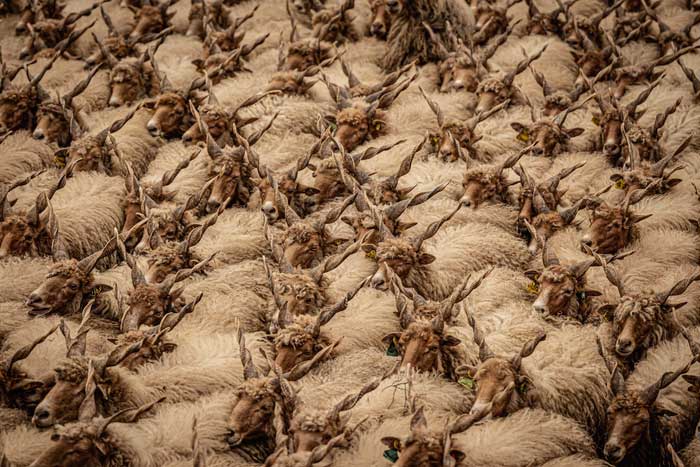
Racka sheep are ideal for harsh environmental conditions and can be used for milk, wool, and meat. They can currently be found in various regions across Europe. With their distinctive long spiral horns and thick, curly wool, they are an extremely hardy breed that thrives in areas where large predators, such as wolves and lynxes, live, as they are not a significant threat to this breed.
Subsequently, the ancestors of Racka sheep left their original area during the Great Migration. The Avars, Pechenegs, Jazygs, and Huns brought them to Central and Eastern Europe. By 1750, half of the seven million sheep in Hungary were Racka sheep!
In the 18th century, the importation of Merino sheep, which now accounts for 95% of Hungary’s sheep population, nearly drove Racka sheep to extinction. In 1939, the Hungarian government had to intervene and concentrate 4,000 Racka sheep at a state farm in Hortobágy, east of Budapest, for conservation and breeding.
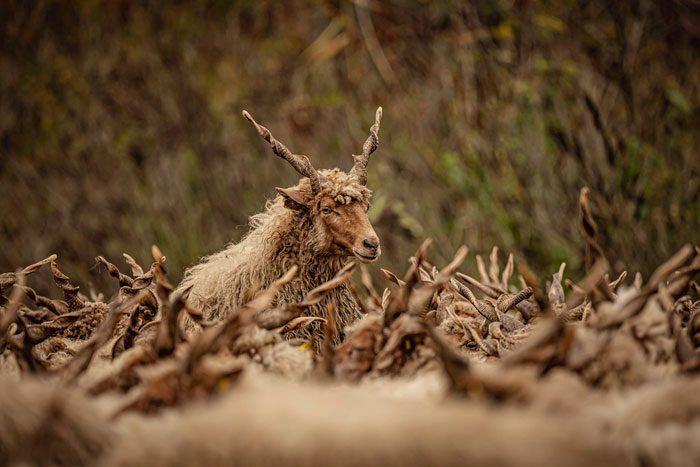
The twin birth rate in this breed is relatively low compared to other breeds in the region, ranging from 5% to 15%. Some females may not breed for one or even several years. However, after giving birth, females can produce 50 to 70 liters of milk over 100 days of nursing.
However, during World War II, improper breeding methods once again pushed this breed to the brink of extinction, leaving only 1,450 Racka sheep in Hungary. By the 1950s, the Racka sheep population had dwindled to just 200 females. Consequently, the government had to implement strict protective policies to prevent this unique breed from going extinct.
In 1973, the Hortobágy area was established as Hungary’s first national park, which helped save the Racka sheep. In 1983, the Hungarian Racka sheep breeders’ organization was established in Debrecen, aiding in the gradual recovery of this breed’s population.
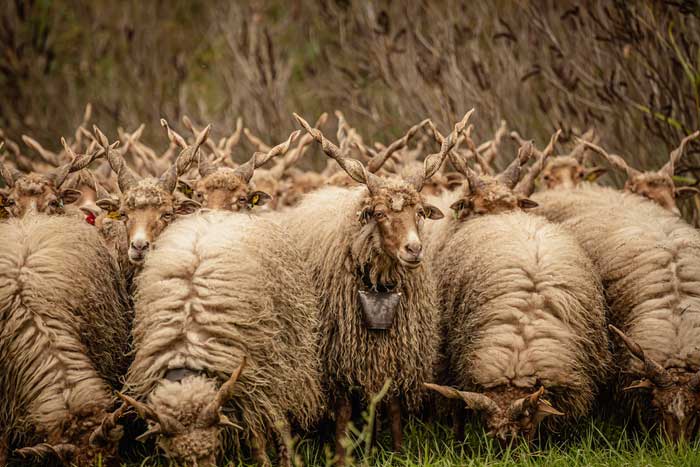
This breed has two main color types. The most common shows brown wool covering the head and legs with fleece colors ranging from dark brown to light brown and white. Individuals can also be found with solid black coloring. The fleece on these animals gradually fades to a reddish-black when exposed to sunlight, and with age, the fleece spots will turn gray.
|
Sheep are domesticated animals, commonly known for producing wool. The term sheep almost always refers to domesticated sheep raised on farms rather than wild sheep. They are found all over the world, with an estimated population exceeding one billion. In addition to the wool and fleece provided by various sheep breeds, their meat is a popular food source. Sheep have been used in scientific research as model organisms for studying human diseases. There are over 200 sheep breeds currently present worldwide. These include both woolly and hairless breeds used for milk, wool, and meat. Some sheep are raised for dual purposes, producing both fleece and lamb meat. |





















































